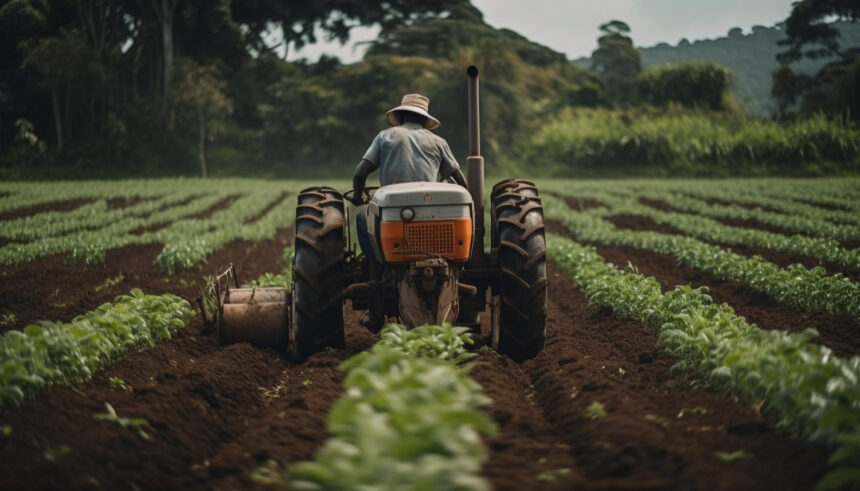Despite huge challenges stemming from deteriorating logistics infrastructure and cost pressures associated with loadshedding, the agriculture sector again showed further resilience as evidenced by the recent Agbiz/IDC Agriculture Business Confidence (ACI) outcome. About 70% of the of the indicators tracked showed a rebound which saw the overall ACI drifting back to breakeven with a rebound of 6 points from the second quarter of 2023 to 50 points in the third quarter of 2023.
This is obviously good news as levels above 50 points for the ACI indicate renewed optimism about agriculture business conditions in South Africa.
We had a raft of positive news in the lead up to the release of the Agbiz/IDC ACI with the agriculture GDP rebounding strongly by 4.2% in the second quarter of 2023 following a massive contraction of -12.3% y/y previously. Good export performance with a 0.1% y/y increase in total value of agriculture exports in the second quarter to US$3.4 billion added to the renewed optimism about the sector outlook.
The windfalls from the massive harvest of summer grains and oilseeds and increased activity for winter crops helped lift the turnover and the net operating income subindices by 9 and 4 points quarter-on-quarter to highs of 74 and 59 in quarter three of 2023.
In a country facing high unemployment, the 11 points jump in the employment subindex to 5 points again demonstrates the importance of agriculture to the economy through its contribution to alleviating unemployment in the country.
Commitment to remain and grow the agriculture sector is again demonstrated by the capital investments subindex which increased by 19 points to a high of 73 points. Although this may be linked to the loadshedding-induced capital investment in renewables, it shows agriculture’s potential to adopt the renewable energy revolution. The good news on capital investment is that the interest rate outlook is flat for longer which implies no increase in debt servicing costs.
Recent developments in terms of renewed cost pressures associated with the hefty increase in fuel prices particularly diesel in September 2023 with potentially another hike in October dampen confidence and limit further upside in the ACI above breakeven (50 points).
Nonetheless, more traction on the export front amid reduced shipping costs bodes well for sustained agriculture growth in the medium term. While El Niño that is already in full swing may complicate matters, the combination of the cumulative build-up of moisture levels over the past three years, the country’s dams at good levels, and the prudent husbandry practices will help the sector weather the storm in the new season.
By Paul Makube, Senior Agricultural Economist, FNB Commercial
Join 'Farmers Mag' WhatsApp Channel
Get the latest Farming news and tips delivered straight to your WhatsApp
CLICK HERE TO JOIN






